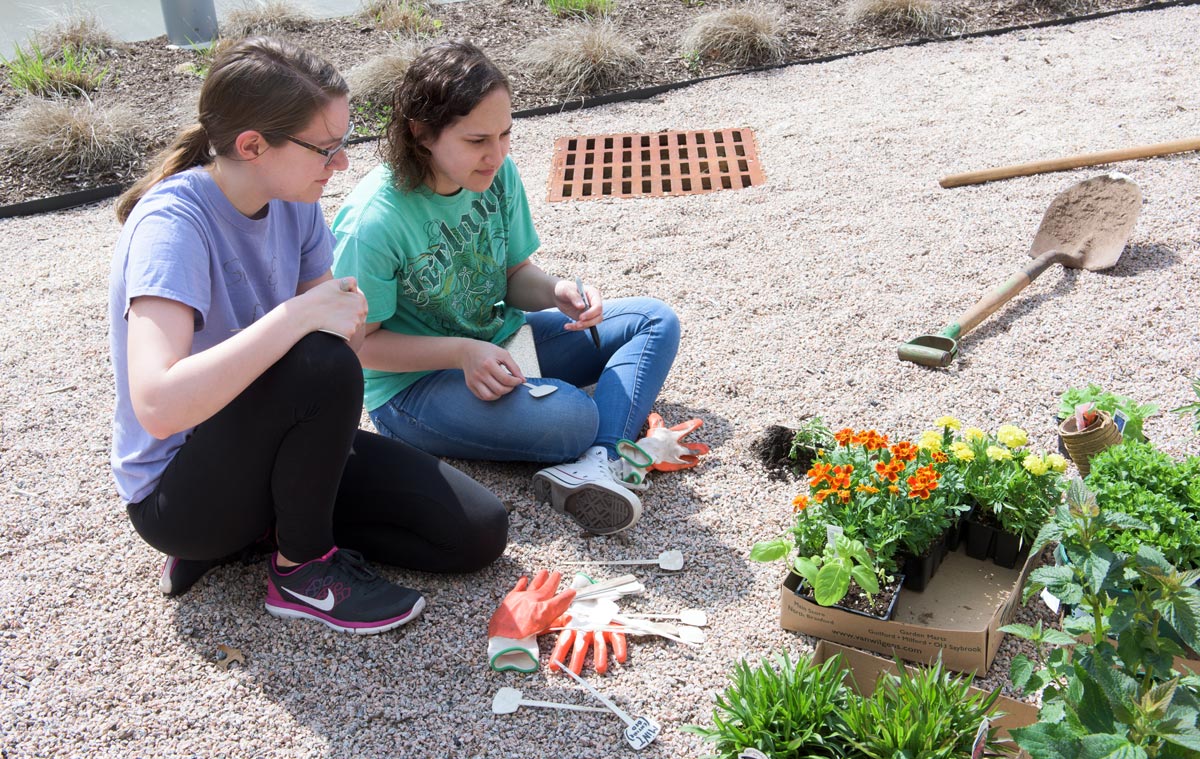Despite the pervasive wind and rain, the spirit of Accepted Students Day remained undampened as we welcomed approximately 2,100 guests to campus April 2, showcasing our modern campus and our outstanding range of academic offerings and student support services.
With 734 students in attendance – a 27 % increase over last year – this successful event promises to be a springboard for good things to come.
Indeed, while it is still early days, Terricita Sass, Associate Vice President for Enrollment Management, reports that we continue to stay ahead of last year’s totals in freshmen applications, acceptances and deposits (up 45%) as we progress toward our fall freshmen goal of 1,400.
Transfer applications also have rebounded as we target a goal of 735 transfers for the fall. We recently hosted a day for community college counselors and are holding Transfer Days at Gateway, Naugatuck Valley and Housatonic community colleges during the next two weeks.
I thank our admissions and student affairs teams, along with the faculty, administrators and staff from various departments who worked so hard to ensure that our campus looked its best for Accepted Students Day and that our guests felt welcomed and inspired to learn more about all that a Southern education has to offer.
BUDGET UPDATE
I am sure that all of you have been following developments in Hartford regarding the state’s fiscal challenges, and as you are aware, we have received instructions from the CSCU System Office to begin preparing a spending plan for the coming fiscal year.
As Mark Rozewski, Executive Vice President for Finance and Administration, reported last week, the budgetary process will be a difficult task, as we face an overall reduction in our state appropriation that will be only partially offset by the recently enacted tuition and fee increases for the CSCU system.
Mark notes that our preliminary review of key budget elements, and various adjustments we might make in response, still results in a shortfall of between $1,750,000, and $2,000,000. The University Budget and Planning Committee met last week to review these issues and will meet again today (Tuesday) to continue to craft a response, which is due to the system office by April 29.
During the next few days, many of you may be asked to supply information and analyses that will help in the development of this budget, and I ask that you make this your highest priority as we navigate this challenging time together.
In a related issue, six of our Student Government Association (SGA) members are at the State Capitol today (Tuesday, April 19) to meet with legislators representing their home districts, as well as members of the Appropriations and Higher Education Committees, advocating for increased fiscal support for the CSCU system.
In their capacity as tax payers and voters, our student contingent aims to lobby legislators to keep higher education accessible to the residents of Connecticut and look elsewhere to close budgetary gaps. Kalie Menders, SGA President, says she wants legislators to hear first-hand the effect of decreased appropriations and tuition increases and hopes that the sharing of personal experiences will give legislators a “face” to this critical issue.
FOSTERING THE AMERICAN DREAM
Last week, I joined six other area college presidents and administrative leaders at a meeting with Congresswoman Rosa L. DeLauro, where we discussed major issues facing higher education in the state and nationally.
As the ranking member on the Labor, Health, Human Services, and Education Appropriations Subcommittee, Rep. DeLauro oversees our country’s investments in education, health, and employment, and she has a keen understanding of the financial burden of higher education on students and families.
As a group we discussed the need for more federal funding and additional programs such as work-study or internships to help students pay for the cost of college.
Rep. DeLauro told the New Haven Register that she believes education has always been “the ticket to success” for middle-class and low-income families, and she would not want to see the federal government “shortchange” them.
“The need for us as a society to invest in education is so great,” she said, noting that she is pursuing several measures to enhance college affordability, including a higher dollar amount for the Pell grant (32 percent of our undergraduates receive some level of a federal Pell Grant, which is free money for college, based on high financial need according to the Free Application for Federal Student Aid, or the FAFSA).
Rep. DeLauro also re-emphasized the roles of higher education in fostering civic engagement and working for the public good, both of which we foster here at Southern.
In similar vein, the theme of civic and community engagement was front and center at the Campus Compact 30th anniversary conference: “Accelerating Change: Engagement for Impact,” which I attended in Boston last month. For three days, administrators, faculty, and other higher education leaders discussed past and present efforts to achieve our shared goals and how we can move higher education more fully to embrace its public purposes.
Keynote speaker Robert Putnam, the Peter and Isabel Malkin Professor of Public Policy at Harvard University and bestselling author of Our Kids: The American Dream in Crisis discussed his groundbreaking examination of the growing inequality gap and why fewer Americans today have the opportunity for upward mobility.
“During the last twenty-five years we have seen a disturbing “opportunity gap” emerge,” he said. “Americans have always believed in equality of opportunity, the idea that all kids, regardless of their family background, should have a decent chance to improve their lot in life. Now, this central tenet of the American dream seems no longer true or at the least, much less true than it was.”
As an institution of public higher education whose mission is driven by access and affordability, It is vital that we at Southern continue our role in keeping the American Dream alive.
EXCELLING IN ACADEMICS AND COMMUNITY SERVICE
Last week, I had the great pleasure to present the 2016 recipients of the Henry Barnard Distinguished Student Award. The awardees embody all that is best about a Southern education, having earned a 3.7 GPA or better and contributed significantly to life on campus and community service.
- Kristen Dearborn is an English major, with a GPA of 3.71. She is president of the Golden Key International Honour Society; is recipient of the Study Abroad Academic Merit Scholarship; studied abroad in Rome; and wrote a series of poems she intends to publish. What makes her academic accomplishments even more remarkable is that she struggled as a high school student and participated in the SCSU Proof of Ability program during the summer between her senior year in high school and her freshman year at Southern. But she was determined to overcome her challenges, fashioned a path to success and now intends to pursue a master’s degree in a health-related field.
- Kelly Gunneson is a secondary education major in mathematics, with a GPA of 3.91. A student-athlete, she was a captain of our women’s volleyball team and was named to the Northeast-10 Conference Commissioner’s Honor Roll. Her academic honors include the Beatrice H. Rockwell Endowed Scholarship and the Dr. George J. Collins Academic-Athletic Scholarship. She also participates in many community service activities, serving as the head coach of the Connecticut Juniors Volleyball Association, and is a Praxis core math test prep instructor for Southern’s Academic Success Center. Kelly plans to pursue a teaching career after graduation.
- Caitlin Hansen is a physics major and math minor, with a GPA of 3.97. She has received the SCSU Honors College Scholarship, the Pathways to Academic Success Scholarship and the NASA Connecticut Space Undergraduate Research Fellowship. In addition, Caitlin coordinates outreach programs for the New Haven Public Schools as part of Southern’s STEM-Innovation and Leadership program. She is a nationally certified tutor for physics, scientific writing and writing. And she also is a runner who two years ago completed her first half marathon! Caitlin plans to apply to a Ph.D. program in either medical physics or biomedical engineering.
- Megan Mancinelli is a psychology major with a GPA of 3.91. She is a member of the Golden Key International Honour Society and vice president of the hall council in the Office of Residence Life. Megan tutors middle and high school students from New Haven, Hamden and Cheshire, and was involved with the Gear-Up program, in which she worked with children from New Haven. She also has been involved with many community service activities, such as the Special Olympics and intends to earn a master’s degree in social work before working with to support children and adolescents.
Congratulations to these four outstanding students for their all-round achievements and contributions, and to the faculty and staff who have nurtured their prodigious talents.
(MORE) TEACHERS OF THE YEAR
As I noted in recent blogs, the quality of our teacher preparation programs has been borne out by a succession of statewide awards for excellence, including teacher, counselor and superintendent of the year awards for 2016.
The trend has continued, with Michael Ginicola ’98, being selected by the Connecticut Parent Teacher Association as its 2016 Outstanding Elementary School Teacher. Michael, who teaches at Nichols Elementary School in Stratford, studied physical education as an undergraduate before earning his MS in School Health Education here in 2002.
Exercise Science Department Chair Dan Swartz notes that Michael continues to give back, serving as a mentor for our student teachers.
Meanwhile, South Side (Bristol) Elementary School art teacher Walter Lewandoski ‘77 was named Elementary Art Teacher of the Year by the Connecticut Art Education Association. Walter, who is certified to teacher kindergarten through 12th grade, earned his bachelor’s degree in art education at Southern.
The association’s annual awards recognize visual arts educators for demonstrating excellence in the classroom, active participation and leadership at the local, state and/or national level, publications and/or exhibits, advocacy for the arts and other art education related accomplishments.
Further afield, Patricia C. Moran, M.S. ’95, was one of five scholars and educators presented with the prestigious insignia of the Chevaliers dans l’Ordre des Palmes Académiques (the Order of the Academic Palms) at a ceremony held at the French Embassy in New York City.
The order was founded in 1808 by Napoleon Bonaparte to recognize commitment and accomplishment in the areas of teaching, scholarship, and research.
Patricia was recognized for helping to obtain an educational grant for Waterbury schools and furthering a program that connects Waterbury students with similarly aged children in Toulouse, France, through state-of-the art technology. Moran is now the supervisor of the early childhood education for the city of Waterbury.
Congratulations to these alums and to all in our School of Education who continue to foster this tradition of excellence!
THE NEW BANNER
Our Office of Information Technology has been taking the lead in a system wide initiative to improve dramatically the University’s systems and data quality, user experience, and support for mobile devices as well as providing modern best practice business processes.
A major part of this effort includes the replacement of the current Banner enterprise software system (ERP), which is used at Southern and throughout the CSCU system to run business and student support functions, but is quickly approaching the end of its life. The system includes everything from registration to financial aid and financial systems.
Chief Information Officer Robert Rennie says that Banner 9, built on Ellucian’s new XE architecture, “will provide a tremendously better user experience as well as greater functionality and improved price performance. This upgrade will represent a significant move forward in our business processes, the availability of useful data, and the ways in which we interact with the system.”
Rob and his team earlier had developed a white paper detailing that it was imperative to develop a replacement for the current ERP and related products, along with system features and other characteristics necessary for sustained success. This charge was embraced by the System Office CIO, Joe Tolisano, and has evolved into a system-wide initiative
The proposal for this initiative was shared by Southern IT staff, CSCU System Office representatives and Ellucian (the company that produces Banner) staff at open forums on campus April 11.
Rob reports that he has asked governance leaders on campus “to solicit input on this initiative from their constituencies and provide feedback to me as I prepare to develop my recommendations for President Ojakian. This project is a good example of collaboration between the BOR and the University to the benefit of us all.”
DIVERSITY AND INCLUSION
On April 8, we launched a second campus climate survey on sexual misconduct for students. I ask faculty to encourage our students to participate in this important survey as we had a low return rate when we piloted it last year.
The survey, distributed to all graduate and undergraduate students, was designed by the Educational Advisory Board, a best-practice higher education research firm in Washington, D.C.
The results will help us gather systematic information about sexual violence on campus in order to address it and ensure that we are taking every measure possible to ensure that our students live, study and work in a safe and healthy environment.
Participation in the survey is voluntary, and all responses are completely anonymous and confidential. If a student approaches you with a concern or for advice regarding issues raised in the survey, please advise them to contact the SCSU Violence Prevention, Victim Advocacy and Support Center at 203-392-6946, any members of the SCSU Sexual Assault Resource Team (SART) http://www.southernct.edu/student-life/health/womenscenter/sexual-misconduct/sart.html or the SCSU Counseling Office at ext. 2-5475.
General questions about the survey may be addressed to Dean of Students Jules Tetreault at tetreaultj4@southernct.edu
FUSCO DISTINGUISHED LECTURE
We have had many notable figures inspire audiences at the Lyman Center during the 18 years of the Mary and Louis Fusco Distinguished Lecture Series, and this year promises to be no exception, with the visit of Robin Roberts, Co-Anchor of ABC News’ Good Morning America, on May 6.
Ms. Roberts will recount the incredible journey that has been her life so far, and the lessons she’s learned along the way as she overcame breast cancer in 2007 — only to learn five years later that she would need a bone marrow transplant to combat MDS, or myelodysplastic syndrome, a rare blood disorder.
“Robin’s Story,” her reports on MDS that inspired hundreds of potential bone marrow donors to register, led to a George Foster Peabody Award and other accolades, including the Arthur Ashe Courage Award at the 2013 ESPYs.
Proceeds from this event help to benefit our Endowed Awards of Excellence, a merit-based scholarship program. In the spirit of community partnership that has always characterized this event, the Smilow Cancer Center at Yale New Haven Hospital has purchased more than 100 tickets for cancer survivors and their families.
General seating for this event is selling out rapidly – visit http://go.southernct.edu/dls/ for ticket prices and more information.
CELEBRATING THE SALAMANCA CONNECTION
Hundreds of our students have experienced the International Field Study in Spain over the past 25 years. This program, based in Salamanca, is the university’s longest consecutively running international study program and is led by Carlos Arboleda, professor of Spanish in the World Languages and Literatures Department.
To recognize the 25th anniversary of this program and the exceptional efforts of Carlos as its organizer, the university will hold a gala celebration on April 20 at 6:30 p.m. in the Adanti Student Center Ballroom.
All are welcome to attend the event, which will include dinner and entertainment — flamenco dancing, live music, speakers, and a DJ. Proceeds will benefit a scholarship fund for future study abroad students in Spain. Carlos will also have available for purchase copies of a book he has compiled about the Salamanca program, and proceeds from the book sale will also benefit the scholarship fund. Tickets to the gala are $60 general admission and $20 for current Southern students and may be purchased here: https://southernct.ejoinme.org/Mypages/SalamancaGala
Celebrations also took place in Spain last summer, including events hosted by the City of Salamanca and universities with which the program has been affiliated over the years. As we continue to expand Southern’s study abroad offerings and international partnerships, our relationship with Salamanca is a benchmark for success.
LATINO AND NATIVE AMERICAN FILM FESTIVAL
The sixth annual Latino and Native American Film Festival (LANAFF) will take place this year on April 22, 27, and 29. Coordinated by Carlos Torre, Professor of Elementary Education, and Anna Rivera-Alfaro, academic advisor, the festival is ground-breaking in its dedication to the recruitment and retention of Latino and Native American students toward furthering their education at the university level.
It is also innovative in its promotion of these two cultures through the exhibition of feature films, documentaries, shorts and animations, as well as through other artistic manifestations, by or about Latinos and Native Americans.
The festival has helped familiarize the university’s, public schools’, and Greater New Haven’s diverse communities with excellent artistic, social, political, and entertainment film projects being created by contemporary filmmakers.
As Carlos notes: “With so many negative stereotypes stilting the progress of Latinos and Native Americans in this country, it is important for all communities to meet and interact toward a better understanding of perceptions and realities.”
The schedule of screenings is available here: https://www.southernct.edu/special/lanaff/program.html and you can also follow the progess of the festival on Facebook: https://www.facebook.com/lanaff
The Film Festival is just one example of the wonderful array of diverse activities taking place on our campus during the next few days. This weekend sees The BIG Event — when hundreds of students perform community service in New Haven and surrounding communities — and the Undergraduate Research and Creativity Conference. This is also Spring Week, culminating in a sold-out Spring Week Concert on Saturday night featuring Bryson Tiller. Friday night is also the 5th Annual Greek Yard Show and Sunday is the Show Out Step Show (the largest step competition in the Greater New Haven area). A wonderful array of events that spotlight a vibrant, student-engaged campus!
#FemHack
Last weekend’s Women’s Studies Conference: “#FeministIn(ter)ventions: Women, Community, Technology” — featured a novel event welcoming teens and young adults to join together in building software and hardware projects.
#FemHack brought together girls and young women, ages 11-21, from Greater New Haven to meet scholars, industry experts, and mentors from all over the country. Activities included learning basic HTML by remixing websites about current events; evaluating the 13 principles of a feminist Web; creating a movie poster using HTML and CSS; and learning how to build a website.
Greg McVerry, assistant professor of education, and members of the Computer Science Club worked closely with the #FemHack participants, in an empowering effort to enable young women to see a future for themselves in the field of technology.
NAME THE CAFÉ CONTEST
One of the notable features of the renovated Buley Library is the new café, operated by Starbucks. Since this was introduced primarily with student needs in mind, it seemed natural to let them name the space.
There are more than 600 entries now in the naming contest and next week they will be winnowed down to three finalists, which will be voted on by the student body.
Prizes include an Apple Watch Sport and a semester’s worth of free coffee, along with the honor of naming a space that we hope will help provide students with the sustenance they need as they pursue their studies in Buley’s Learning Commons.
 and made some new friends that we are sure to stay in touch with over the year. Many of the LJMU students are hoping to come to Southern for the fall semester!
and made some new friends that we are sure to stay in touch with over the year. Many of the LJMU students are hoping to come to Southern for the fall semester!



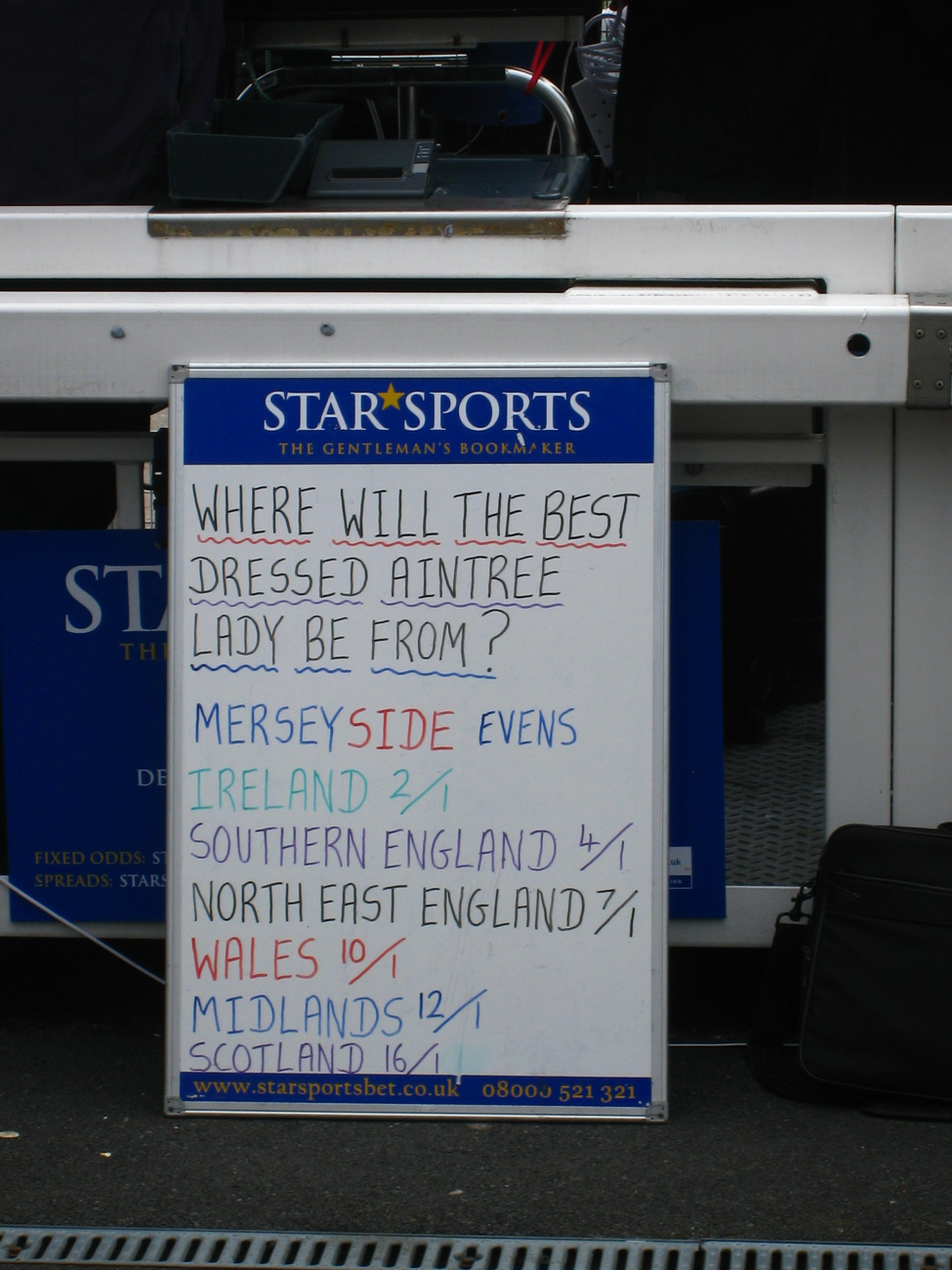







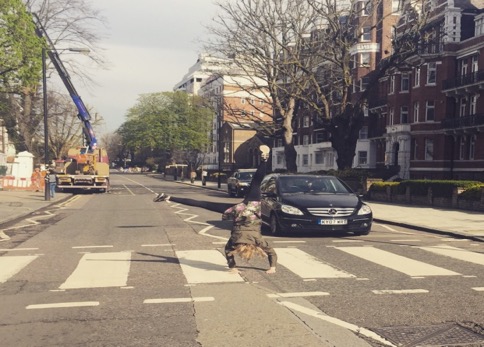






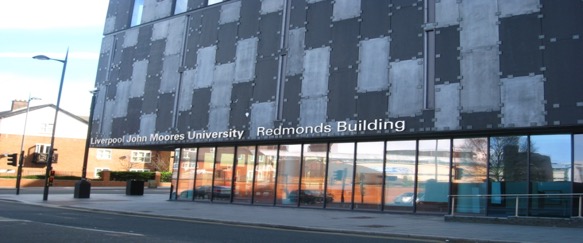






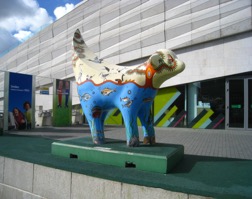


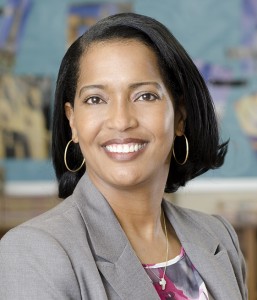
![IMG_0578[4]small](http://news.southernct.edu/wp-content/uploads/2016/04/IMG_05784small-225x300.jpg) The experience promises to be life-changing personally and professionally, building on McRiley’s diverse resume, which includes experience in the film and television industry, nursing, international aid, teaching, and public health. “I grew up in LA, where everybody is supposed to be in the entertainment industry,” says McRiley, who took photography courses at City College. He found work in the industry, first in craft services and later as an emergency medical technician (EMT). He worked on more than 30 Hollywood films and television shows, including “Van Helsing,” “Rush Hour” (I and II), “Roseanne,” and “The Family Man.” But while the projects were high profile, McRiley came to find the work unsatisfying.
The experience promises to be life-changing personally and professionally, building on McRiley’s diverse resume, which includes experience in the film and television industry, nursing, international aid, teaching, and public health. “I grew up in LA, where everybody is supposed to be in the entertainment industry,” says McRiley, who took photography courses at City College. He found work in the industry, first in craft services and later as an emergency medical technician (EMT). He worked on more than 30 Hollywood films and television shows, including “Van Helsing,” “Rush Hour” (I and II), “Roseanne,” and “The Family Man.” But while the projects were high profile, McRiley came to find the work unsatisfying.
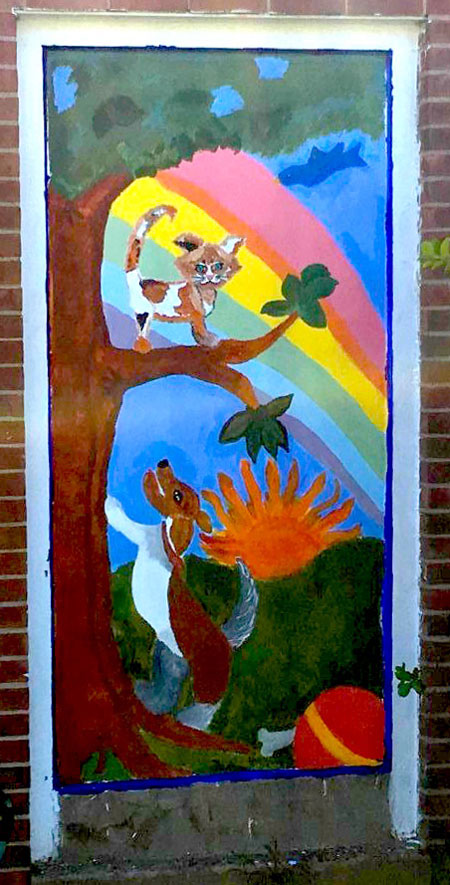 For the animal shelter mural, the class responded to a request from the shelter. “A man from the shelter approached the Art Department about having someone come paint something to beautify the shelter,” says King. “They wanted to make the shelter feel more family-friendly and cheerful.” Students submitted designs for a painting, and student Traci Henri’s design, “A Friend for Life,” was chosen. The painted mural on an exterior door portrays a dog and cat and encourages adoption of animals.
For the animal shelter mural, the class responded to a request from the shelter. “A man from the shelter approached the Art Department about having someone come paint something to beautify the shelter,” says King. “They wanted to make the shelter feel more family-friendly and cheerful.” Students submitted designs for a painting, and student Traci Henri’s design, “A Friend for Life,” was chosen. The painted mural on an exterior door portrays a dog and cat and encourages adoption of animals.